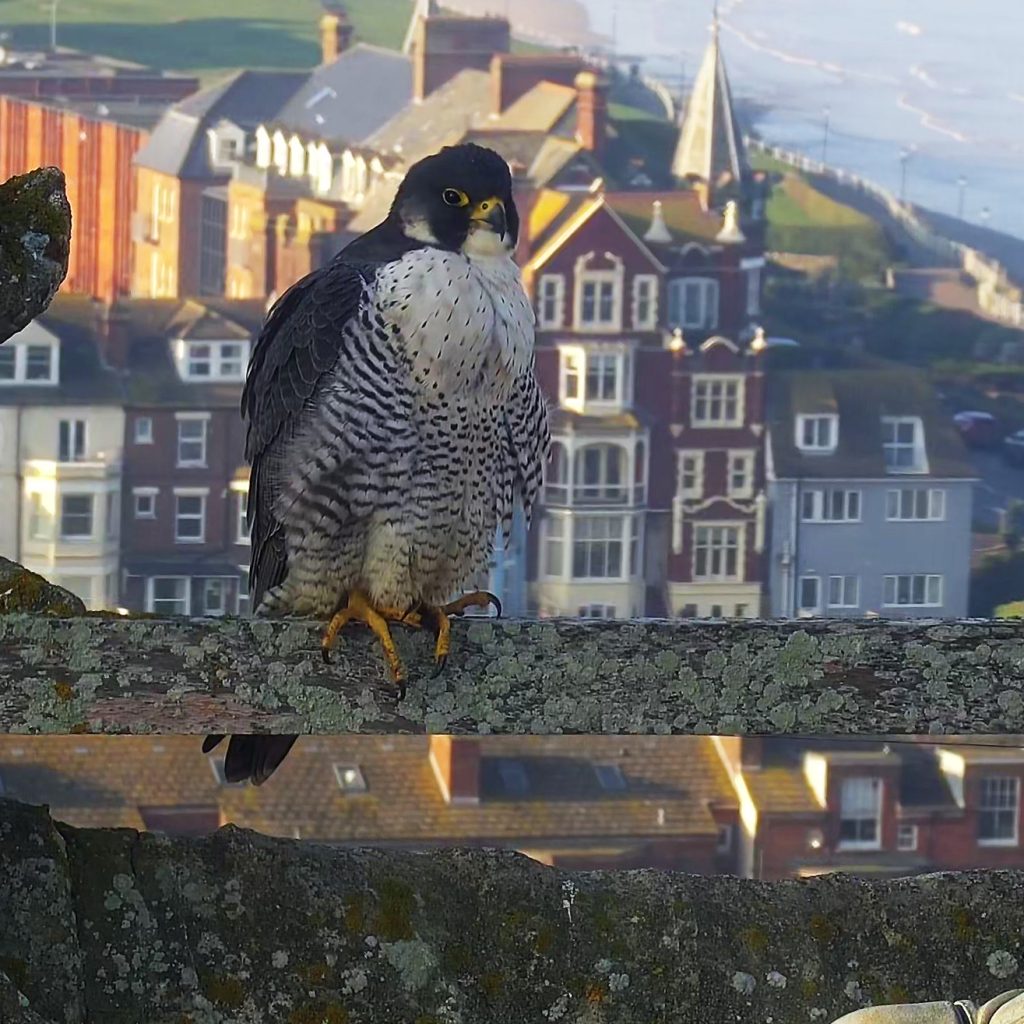Flying start
9th April 2025
Charlie Bingham’s debut book is a celebration of the diverse world of birds and how nature can guide us through life’s stresses and strains. As the Holt-based author tells Harriet Cooper, all we need to do is look up
I get so swept up in Charlie Bingham’s enthusiasm about birds, I keep looking out the window whilst we chat, scanning the rooftops and skyline for feathered friends. I’ve never heard anyone speak so eloquently about birdlife. Indeed, the Holt-based author and conservationist has just written a book on the topic called The Life-Affirming Magic of Birds,published in April. But forget all ideas of this being a bird-spotter’s manual – Charlie does not claim to be an expert ornithologist. Instead, the book takes readers on a captivating journey around the UK, exploring the world of birds and the stories of those that live alongside them. Informative, evocative, personal at times, it shows us how the simple act of noticing nature can guide us through the most challenging times.
Despite the subject matter of her first book, Charlie’s love of all things avian came later in life. As a child, she says the only thing she recalls about birds were the tattoos of swallows on her grandfather’s hands. ‘I used to walk at eye level holding his hand, so now whenever I see swallows, they remind me of him,’ she says. Indeed, even when growing up in rural France, nature passed her by. But all that was to change in her mid-twenties, when, having graduated with an archaeology degree, she moved to Wales with her two young children, where she spent ‘a year climbing up and down mountains and I soon started realising that when I was outside, all the noise in my head was silenced.’
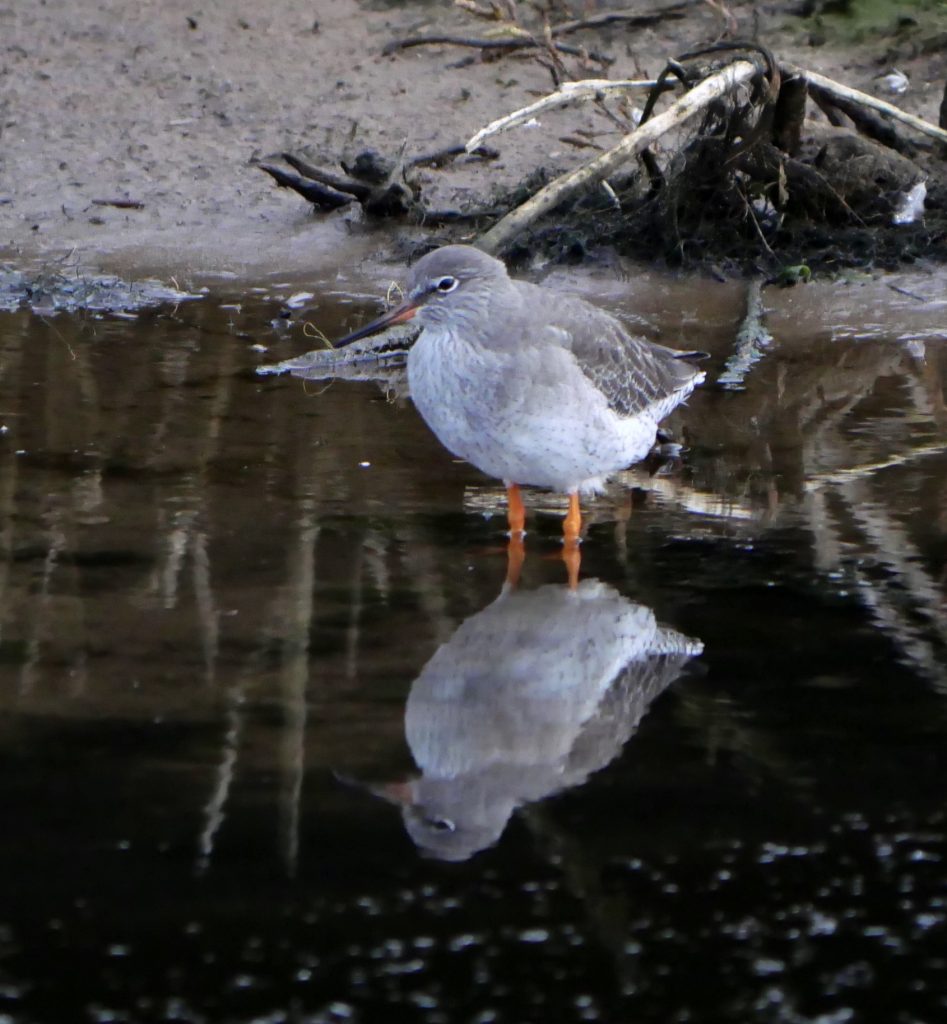
But this wasn’t her only lightbulb moment. One day, as she was sitting on the beach, she spotted an oystercatcher; eager to know more, she googled it. ‘It sparked this curiosity and from then on, every time I saw a bird, I had to know more about it… And it all just went from there.’ Moving to Norfolk four years ago piqued her interest. ‘I always felt that birdwatching was quite inaccessible – I didn’t have in-depth knowledge or expensive binoculars – but I gradually met this incredible community calling themselves ‘nature nerds’. They don’t care if you can’t recognise a rare migrant species by its tail feathers, all that matters is that you’re out there and enjoying nature.’
Charlie began reading nature books and soon realised that many of them, though faultless in their content, were written for those ‘with big lenses down at the hide.’ She wanted to pen a book for people who, like she once did, might feel nature is inaccessible and intimidating, to help them connect with the natural world and should they need to, use it as a source of solace in their own life. The book is divided into 12 chapters, each one focusing on a bird species (the swift, peregrine, swallow and goose all make an appearance) and an insightful life lesson Charlie has learned around it.
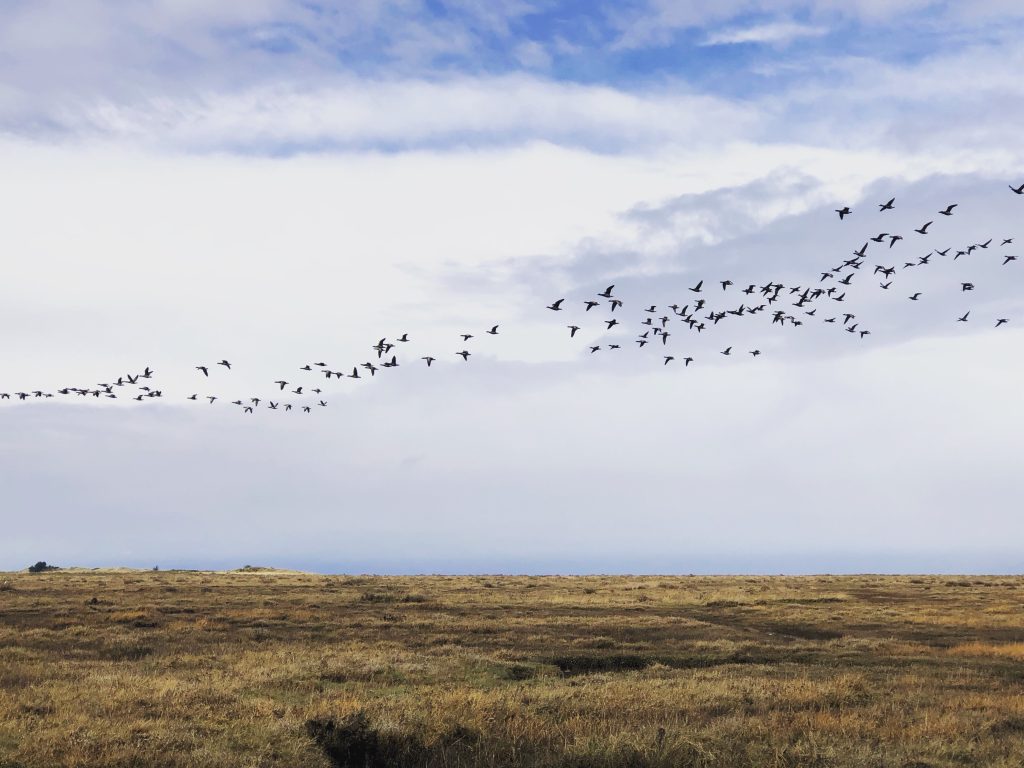
Topics include parenting, grief and mental health, though she is quick to point out that this isn’t a memoir, more a helpful guide with input from experts and everyday people who have connected with wildlife. ‘I wanted it to be for those who might be struggling with turbulence in their life and are looking for nature as a way to help them.’
The key messaging is that the healing power of nature is all around us, wherever we are. ‘It’s probably a bit strange, but several times in the book I ask the reader to put it down and look out of the window or if they’re outside, to look at the floor or the sky,’ she says. ‘I want them to notice something new, whether it’s a plant, leaf, bud, bird or insect. If you can’t use that sense, use your ears. If you can’t use your ears, then use your smell. If you can’t use your smell, use your touch.

‘ There’s ways to experience the environment for everybody and my hope is that readers will then share that magic. After all, we’re all storytellers at heart and that’s how we learn. Plus, of course, spending time outside makes us feel better – listening to as little as six minutes of birdsong can reduce anxiety and improve our mood.’
And spring is a great time to start doing it. ‘For me, it’s a season of hope because it means that new life is coming forward. I like to see it as a period of reawakening,’ says Charlie. ‘With the leaving of the geese comes the arrival of the swifts. And once you tune into the noise of a swift, springtime will never be the same again.’ What, I ask, would she like readers to take away from her book? ‘You really don’t need to be an expert or to have expensive equipment – when you go outside, open your senses and experience nature in a different way,’ she replies. ‘The TV presenter and naturalist Nick Baker describes the book as a nature prescription, and I absolutely love that. It’s showing readers there is this whole magical, incredible natural world around us and it’s giving them the tools to go out there and discover it.’
The Life-Affirming Magic of Birds: and the extraordinary things they can teach us by Charlie Bingham is published on 10 April (Quarto, £16.99).
Charlie will be discussing her book with naturalist and presenter Nick Acheson at The Holt Bookshop on 10 April at 6.30pm (tickets available from the bookshop); www.holtbookshop.co.uk
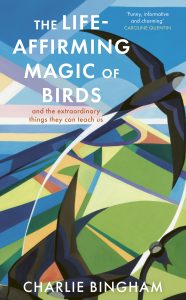
In fine feather
Charlie’s favourite places to spot birds in North Norfolk
Holkham
Holkham will always be my favourite. You’ve got all the geese around the lake and then there’s the beach, which is constantly changing with the seasons. In winter you can see snow bunting and pink-footed geese. Year round, there are oystercatchers and the gull species, also egrets wading up and down and I’ve seen a peregrine diving over the top of the dunes.
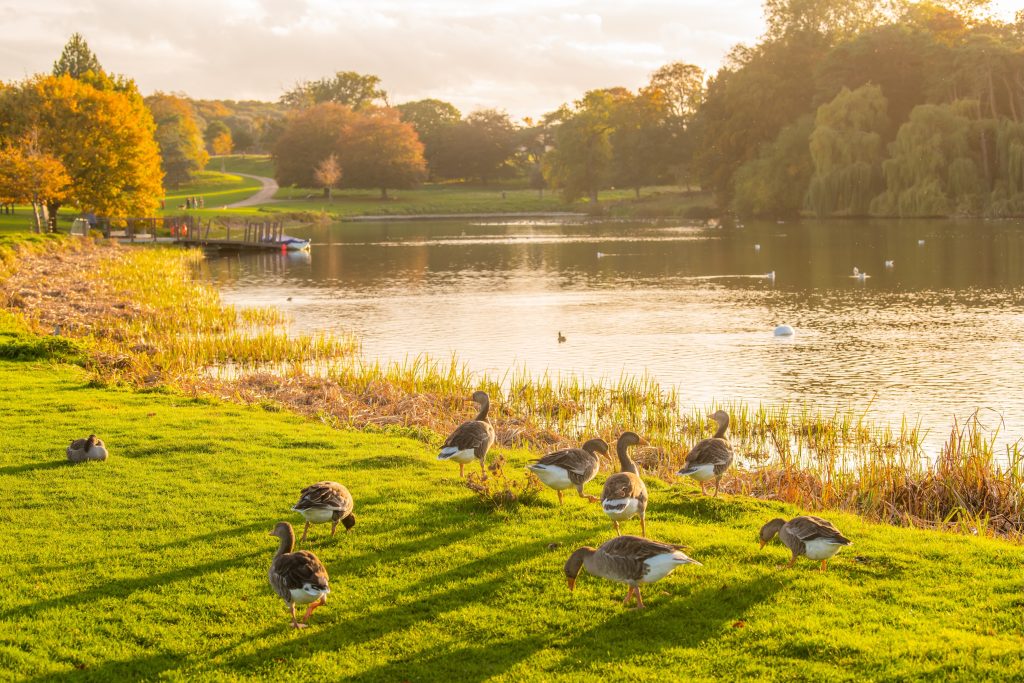
Cley-next-the-Sea
I like watching the marsh harriers at the Norfolk Wildlife Trust Cley and Salthouse Marshes reserve. I’ve had some incredible experiences when they’ve flown down almost to eye level, and I also like seeing the spoonbill. And the team at the reserve Education Centre are like oracles, you can ask them anything and they’re so willing to help.
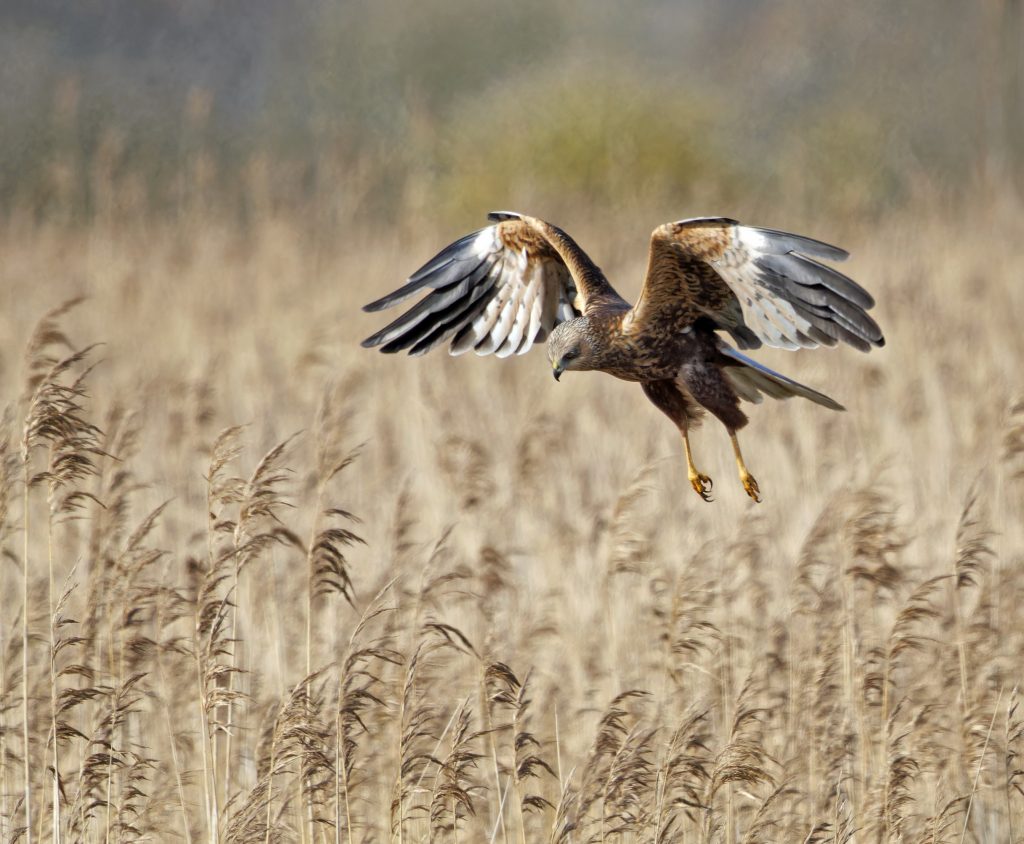
Titchwell
I’m not an expert and don’t necessarily know what I am looking for, but there is an abundance of birds at RSPB Titchwell Marsh Nature Reserve – I’ve seen piles of Brent geese on the beach and I saw a black-winged stilt there last year. Plus, there are always loads of wading birds on the mudflats, which is amazing.
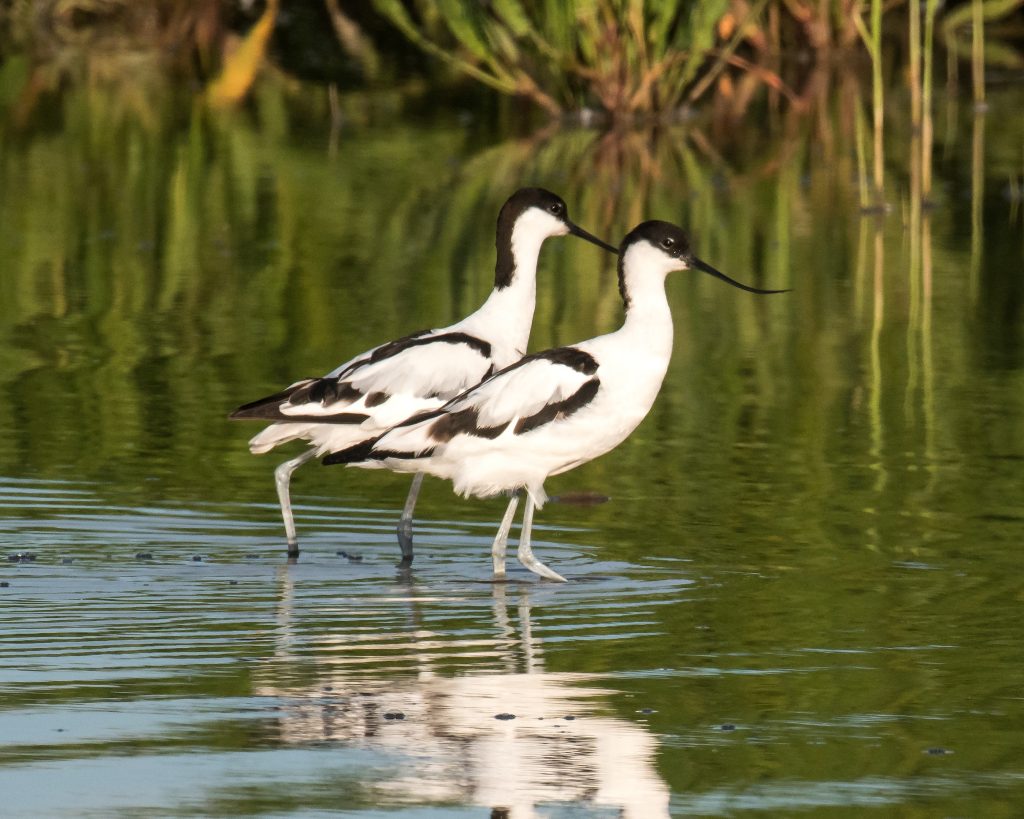
Holt
At Holt Country Park, you’ve got the Lowes, an area of heathland, and then there’s all that wonderful woodland where you can look for little birds like nuthatches and treecreepers. I also love listening to the high-pitched sound of a goldcrest. It’s a different kind of landscape but equally as spectacular.
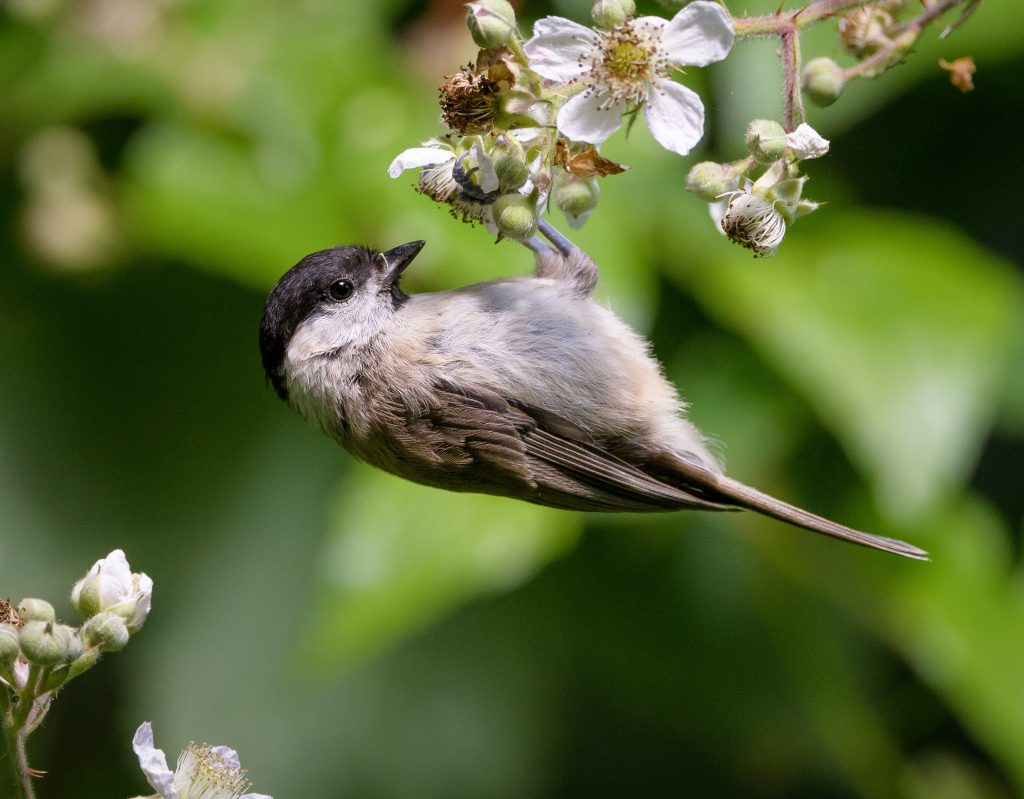
Cromer
Look out for peregrine falcons in Cromer. If you go during the breeding season [from March to September] then the Cromer Peregrine Project often has volunteers at the bottom of the church with binoculars and scopes set up so you can watch the peregrines at the top. There’s also a live-cam on their website.
